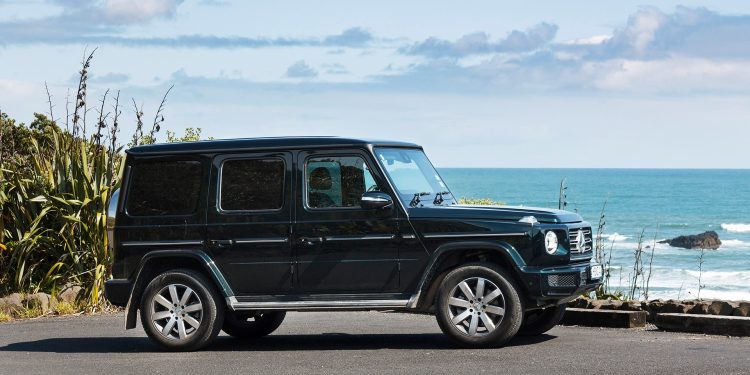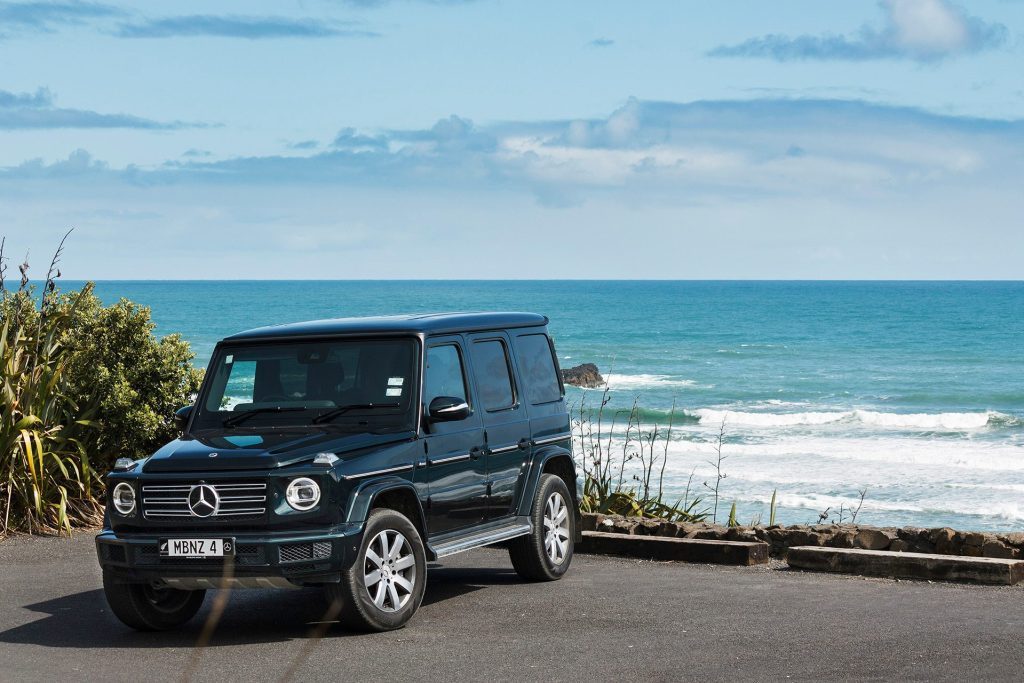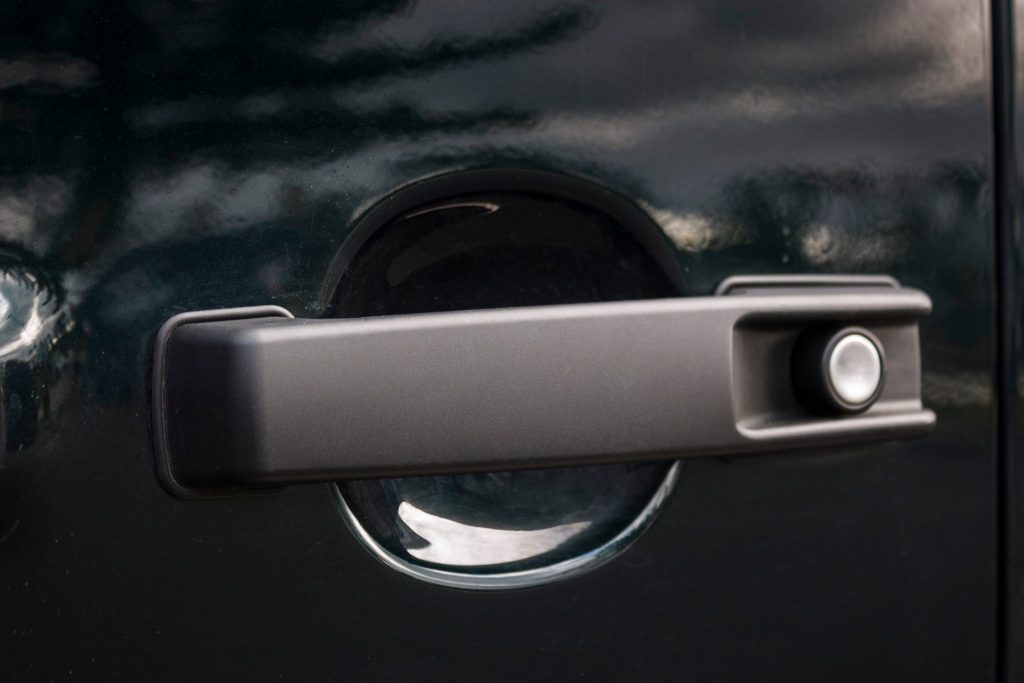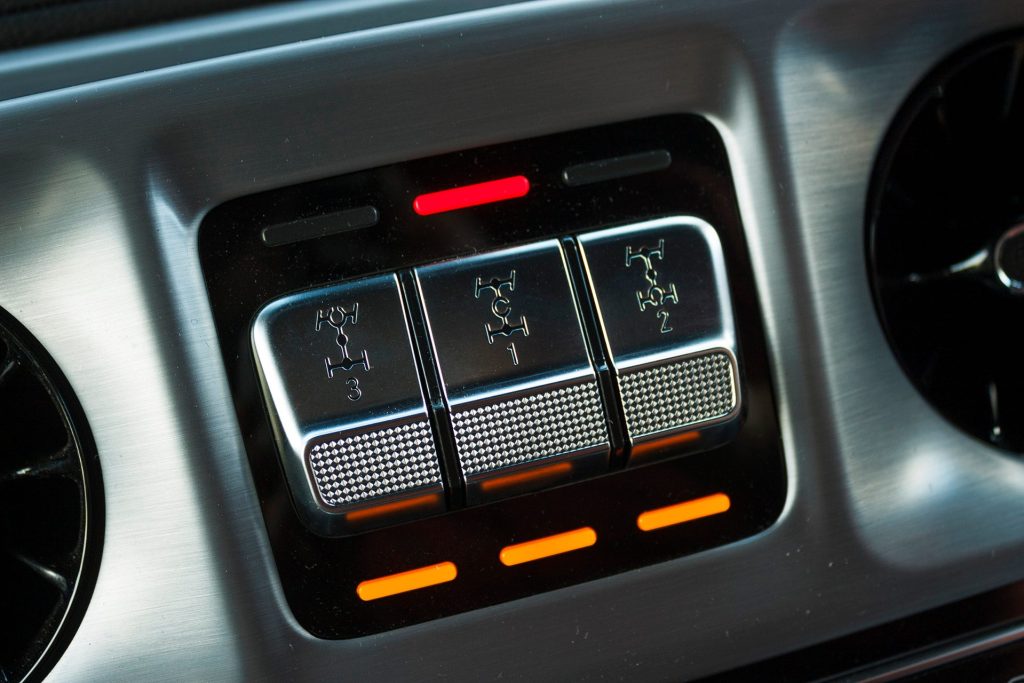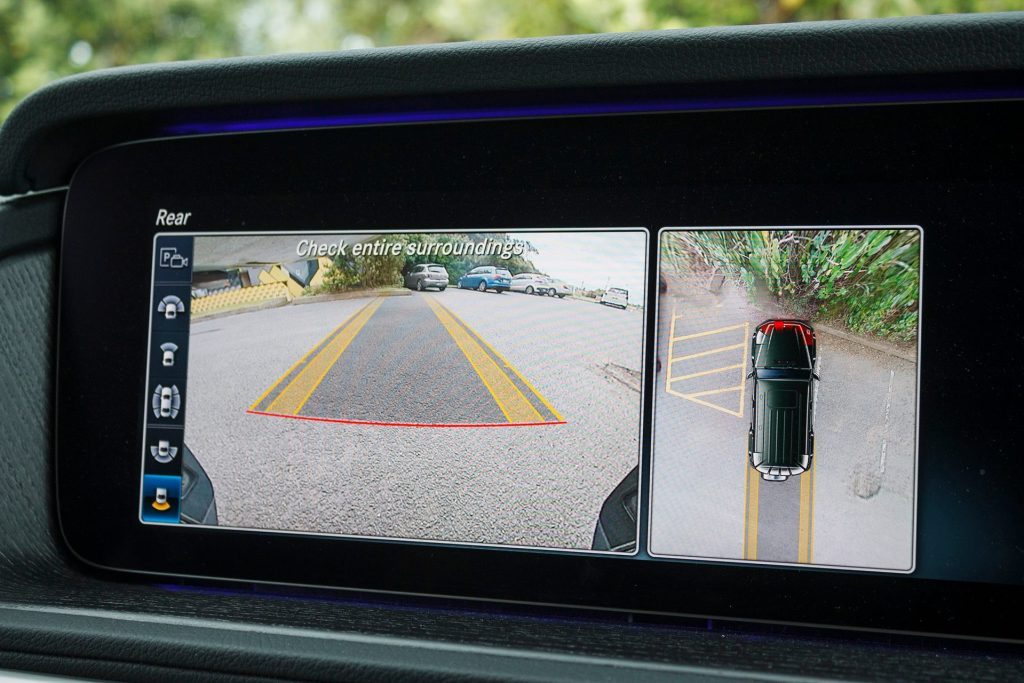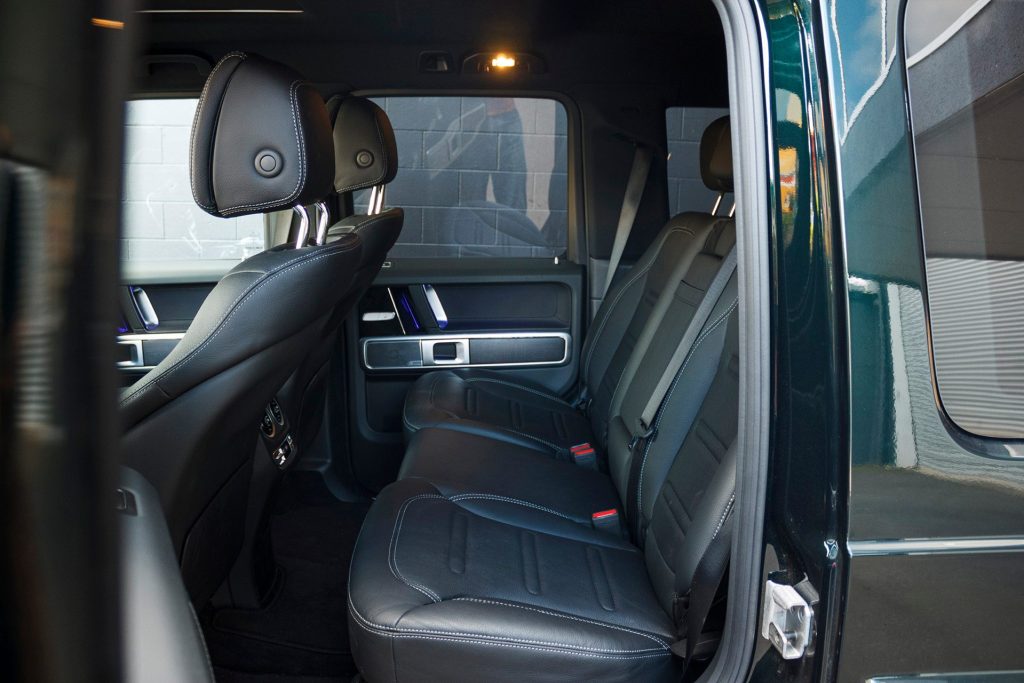2021 Mercedes-Benz G 400D review
Words: Kyle Cassidy | Photos: Kyle Cassidy
While it started life as a rugged off-road machine, the G-Class is now part of the luxury set. It’s still capable but is it still relevant?
The G-Class renewed a few years back, though you wouldn’t necessarily pick it. While all new for 2018, Mercedes-Benz knew well not to mess with the G and its legacy. The boxy shape remained, as did the full off-road armoury, including its three lockable diffs. The G-Class was closely developed with the AMG division, and it was the rumbling V8-powered 63 version that emerged first, with the slightly saner diesel-motivated G appearing later.
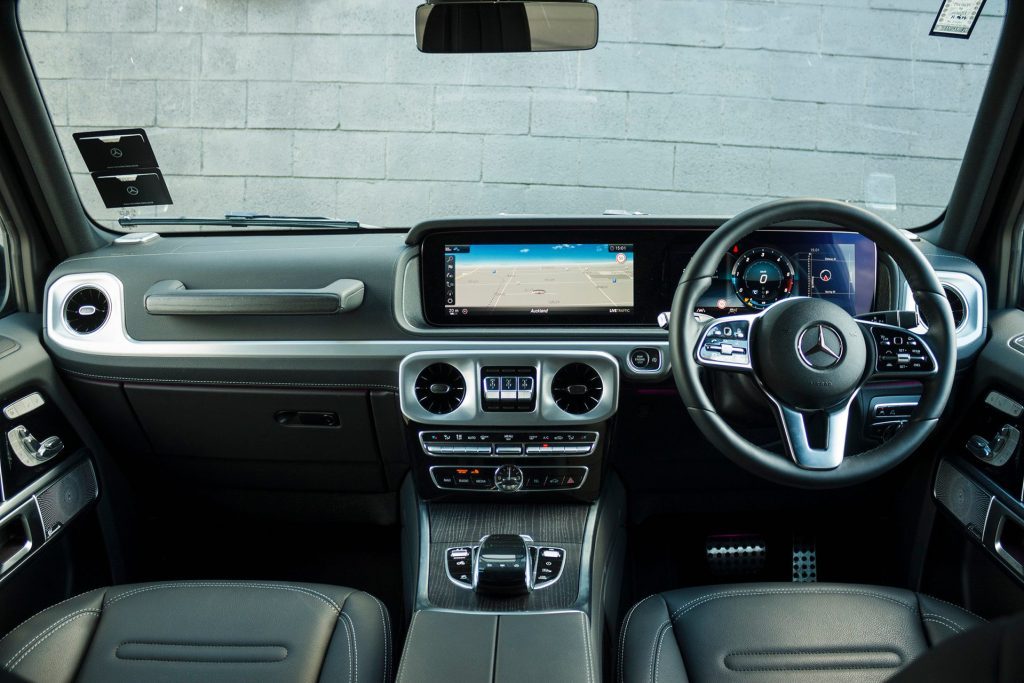
However, it’s the AMG everyone lusts after here. Supply is limited, keeping people keen. You always want what you can’t have. Last year they sold 40 of the AMG G 63, while only a few of the G 350d model found homes. In 2021, the V8 still outsells the diesel five to one, with another 54 G 63s rumbling around, although the new 400d has only been available for a few months in NZ. For buyers in the $200k plus zone, there’s really not much difference between $217k and $295k, other than what your cronies might think when you roll up in the cheap version.
Not that you should feel hard done by in the 400. The inline six diesel offers up 243kW and 700Nm of pull, the latter brewed up at just 1200rpm. There’s little in the way of turbo lag, unless you really need to jet. The auto takes but a moment to sort its cogs before you’re into the fat of the torque curve. As long as the tacho is pointing at 1400rpm, this rolls on calmly, the in-gear pull satisfying. It can also bolt when you need to pass, the 80-120km/h time of 4.7sec is none too shabby for the size (and brick-like shape with a drag coefficient of 0.54) of the thing. The juice use is rated at 9.5L/100km, and that’s not too far from reality either, the long term average for this machine over 6000km being 11.2L/100km (and about half what the 63 chews through).
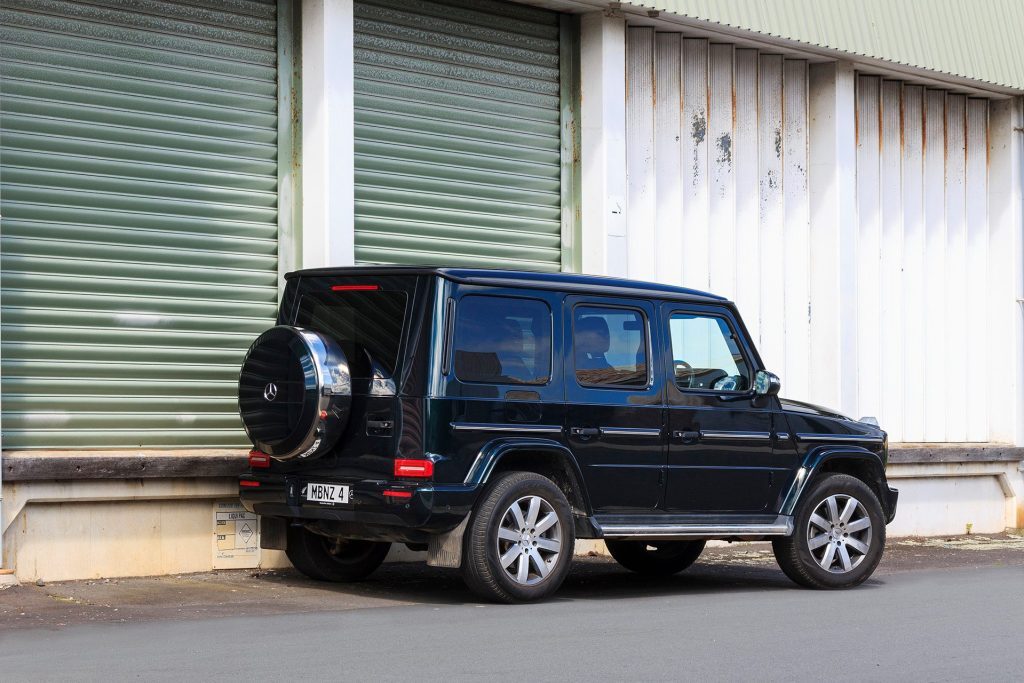
The new G is larger than the old model, longer and substantially wider to improve cabin room. There’s more alloy and other lightweight materials involved in the build, but it’s still a mammoth at a claimed 2489kg. It retains its full chassis construction, and a solid rear axle, while the suspension is via adaptive dampers and steel springs with an independent, double wishbone front end.
While made to conquer the Schockl mountain range (Schockl Proved being similar to Jeep’s Trail Rated), it’s urbanites that tend to gravitate towards it. So it’s made for the mud but it fares okay on tarmac too. The rugged ladder frame underpinnings mean there’s some shimmy and shake over the bumpy bits but it’s otherwise pretty cushy. The steering (now rack pinion) is quite direct at just 2.6 turns lock-to-lock but the turning circle is ute-like. You get a command view from the driver’s perch, though the rear view is compromised by that spare wheel, and a rather narrow window. Merc’s usual driver aids are present, the lane keeping with its abrupt braking to drag you back on line annoys with its persistence but there’s a button to douse it.
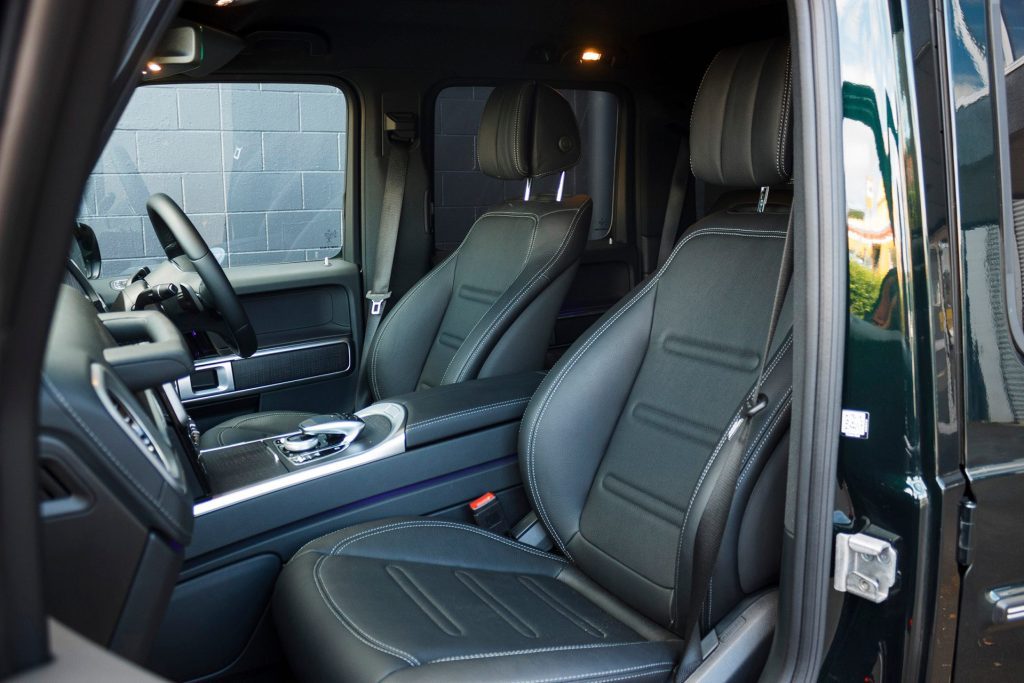
Main highway progress is easy, the ride settled and hushed, the diesel barely ticking over. The nine-speed auto reduces the six to barely simmering at 1200rpm at the legal limit. But that bluff appearance produces some wind whistle in a cross breeze.
Faced with a few bends, the G copes well considering it’s no sporting utility vehicle. There’s plenty of weight on the move here, so a wee dab of the brakes before negotiating each bend helps it settle, the front end turning quite commendably, the rear behaving itself too. Best not to stab at those brakes though; you’ll get the nose diving. Smooth inputs are key, otherwise the mass gets pushy. There aren’t too many drive modes but it is worth clicking it into Sport on a winding road, the dampers firming to reign in the roll and improve the steering response.
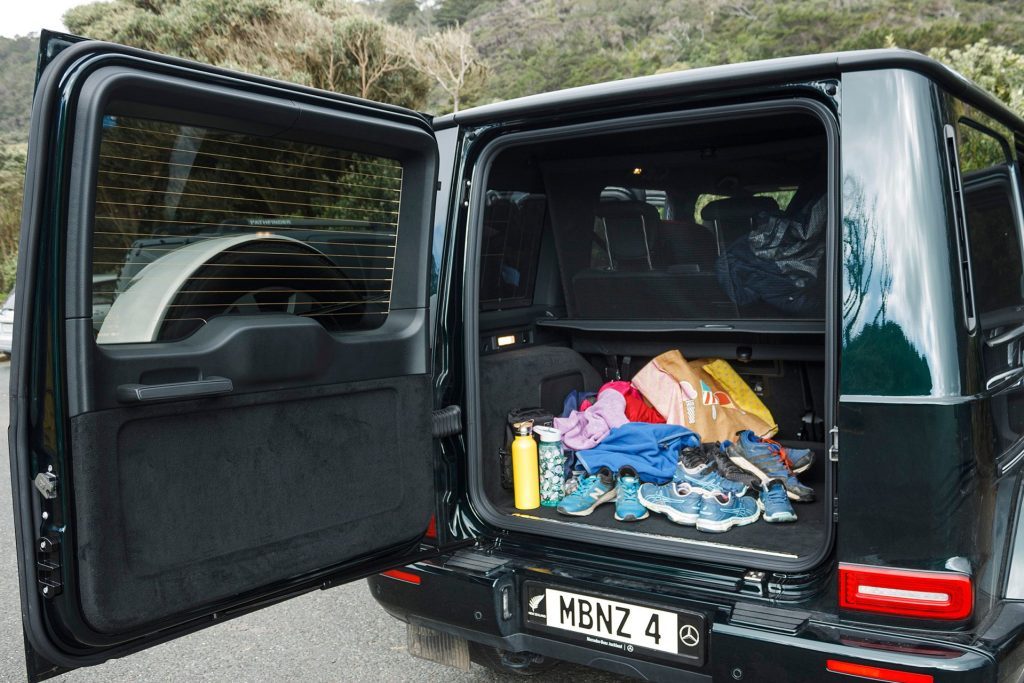
The interior has a mix of the new and not so novel. Its dials and steering wheel are up to the minute but the infotainment system is yesteryear, controlled only by the old twirly whirly mouse thing. There’s no Hey Mercedes to help out, not even a touchscreen. It’s an off roader so be prepared to scale up into the G and while it’s big, the interior accommodations are only so-so. It’s not as space efficient as a modern monocoque SUV. Rear passenger legroom is reasonable, the seat comfort passable but make sure your devices are fully fueled as charge points are few and far between. It’s a similar story in the boot, being slightly narrow between the wheel arches.
Handy conveniences include an excellent surround view camera system, and well tuned smart cruise but the ‘heritage’ style handles don’t allow for keyless entry. Some of the other nostalgic design cues, like the exposed hinges and big bulbous indicators on the guards we like. Others, such as the side-hinged tailgate and big spare wheel carrier we don’t, the fifth door being too heavy and cumbersome in operation. All the doors need a good slam, though that’s apparently intentional. The solid sounding ker-lunk they make is intended to convey a built-to-last impression, as is the exaggerated sound of the locking mechanism, like a bank vault sealing.
There are few true competitors. The G has military-spec capabilities yet it’s aimed at luxury lifestylers, with pricing and a controlled supply to ensure it remains exclusive. In concept it lines up with the Defenders and Land Cruisers of the world, but it’s almost twice the price. The Range Rover Vogue is the most comparable foe on cost, and the better luxury 4×4 on most counts. The G is a niche and exclusive machine then, it’s rugged charms all part of the appeal, which remains unique.
| Model | Mercedes-Benz G 400D |
| Price | $217,100 |
| Engine | 2925cc, IL6, TDI |
| Power | 243kW/700Nm |
| Drivetrain | 9-speed twin clutch, AWD |
| Fuel Use | 9.5L/100km |
| C02 Output | 252g/km |
| 0-100km/h | 6.70sec |
| Weight | 2489kg (claimed) |


